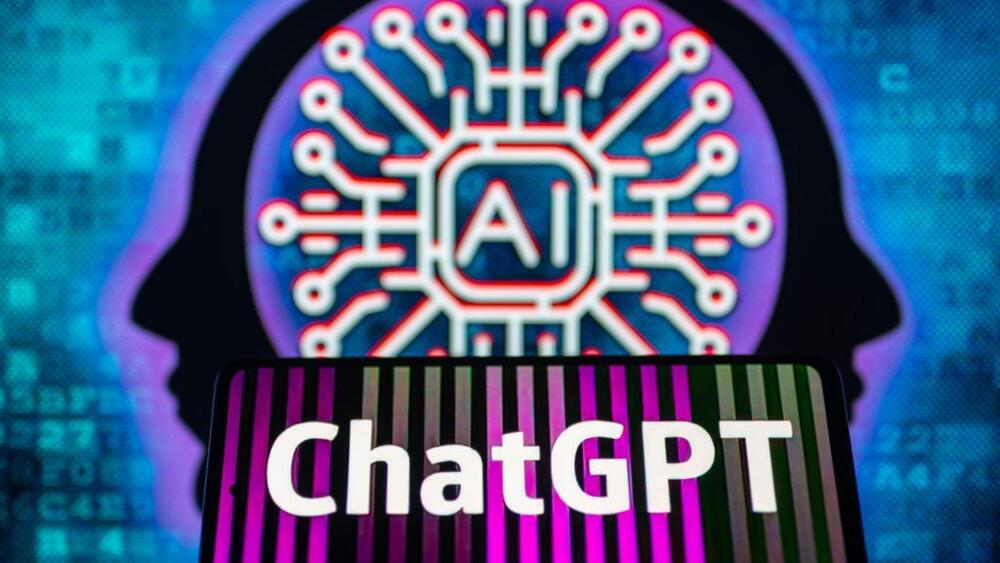Arizona State University has officially begun a new chapter in X-ray science with a newly commissioned, first-of-its-kind instrument that will help scientists see deeper into matter and living things. The device, called the compact X-ray light source (CXLS), marked a major milestone in its operations as ASU scientists generated its first X-rays on the night of Feb. 2.
“This marks the beginning of a new era of science with compact accelerator-based X‑ray sources,” said Robert Kaindl, who directs ASU’s Compact X-ray Free Electron Laser (CXFEL) Labs at the Biodesign Institute and is a professor in the Department of Physics. “The CXLS provides hard X-ray pulses with high flux, stability and ultrashort durations, in a very compact footprint. This way, matter can be resolved at its fundamental scales in space and time, enabling new discoveries across many fields — from next-generation materials for computing and information science, to renewable energy, biomolecular dynamics, drug discovery and human health.”
Building the compact X-ray light source is the first phase of a larger CXFEL project, which aims to build two instruments including a coherent X-ray laser. As the first-stage instrument, the ASU CXLS generates a high-flux beam of hard X‑rays, with wavelengths short enough to resolve the atomic structure of complex molecules. Moreover, its output is pulsed at extremely short durations of a few hundred femtoseconds — well below a millionth of one millionth of a second — and thus short enough to directly track the motions of atoms.




